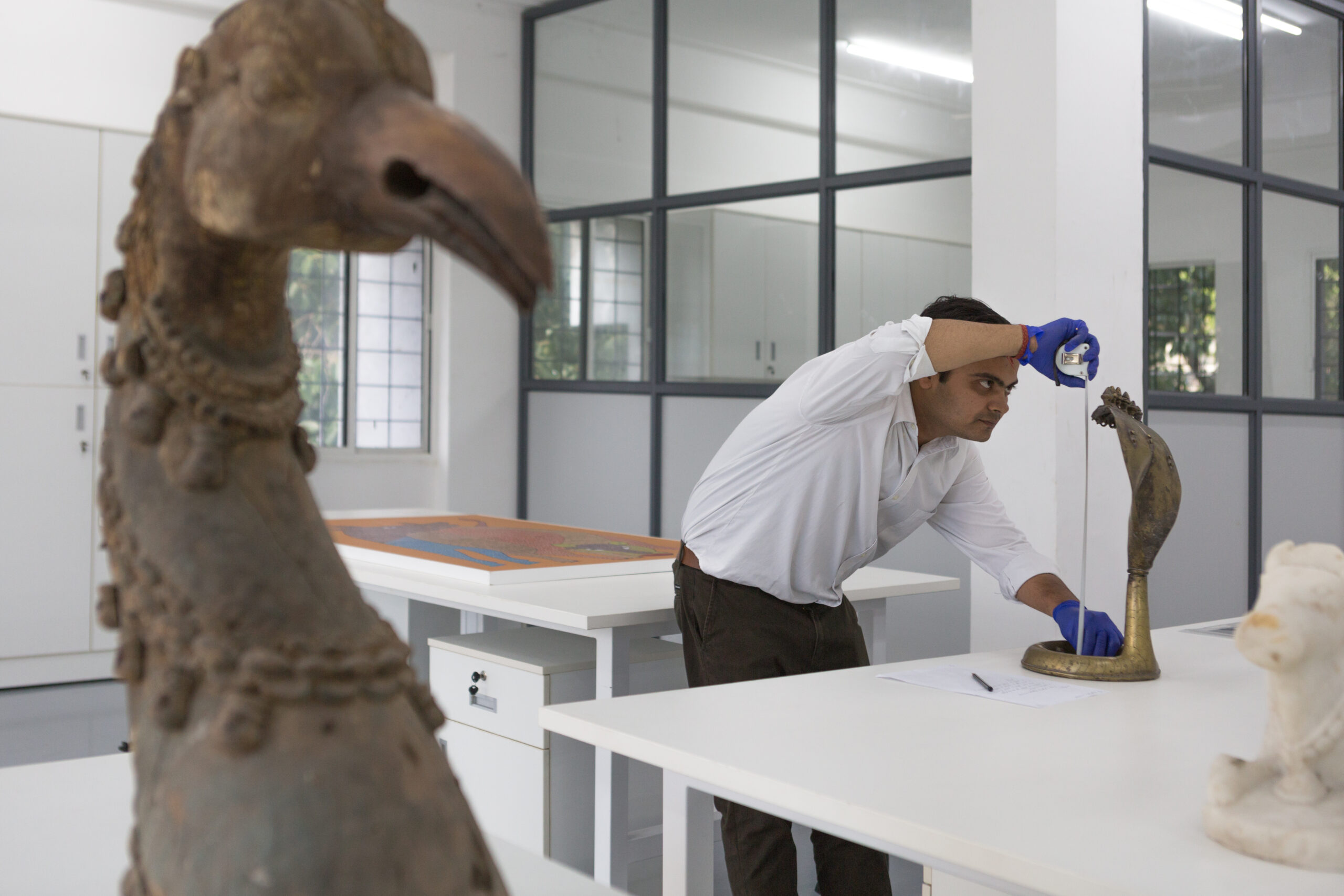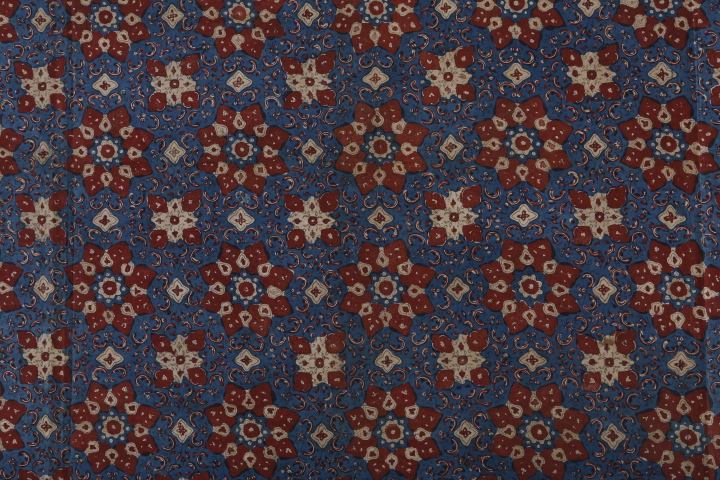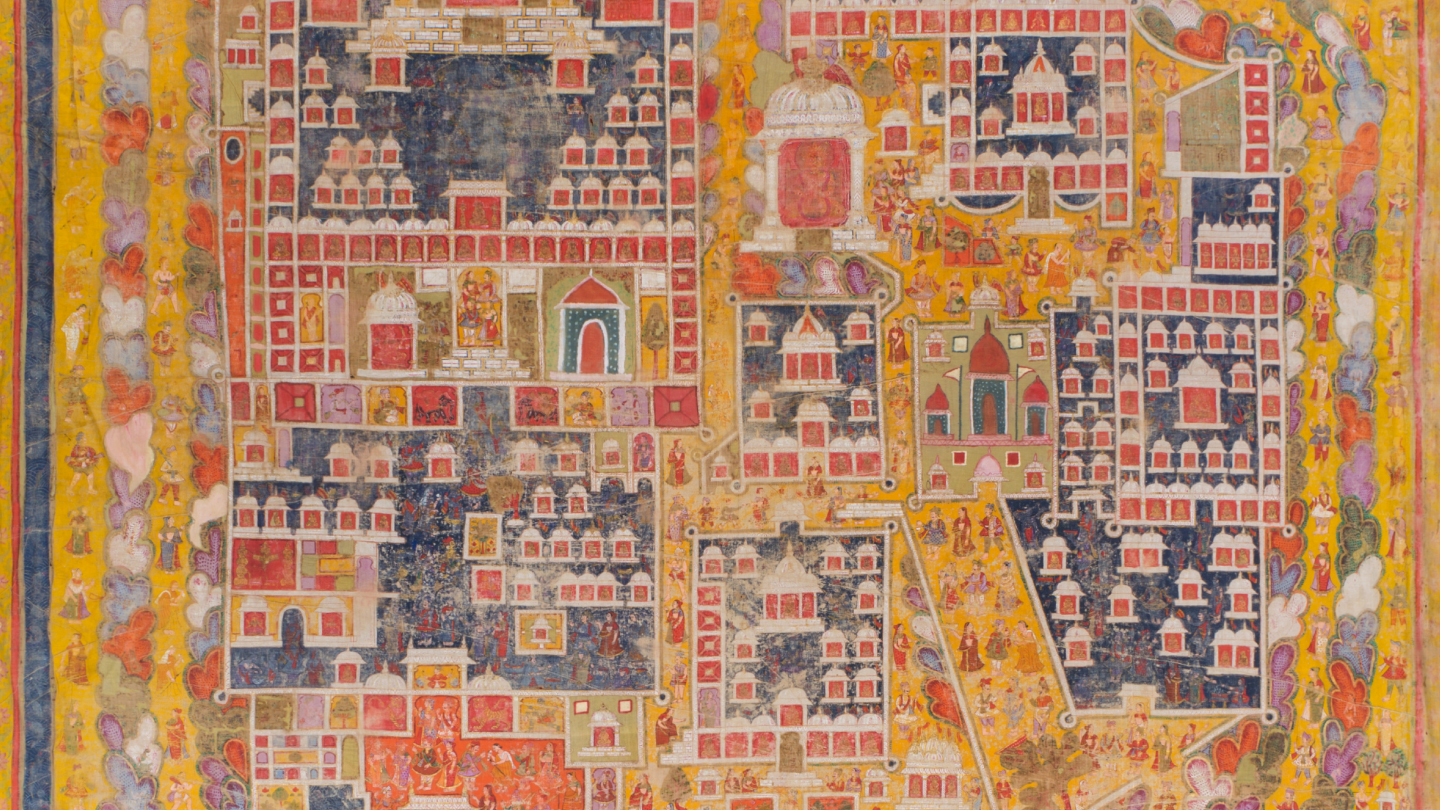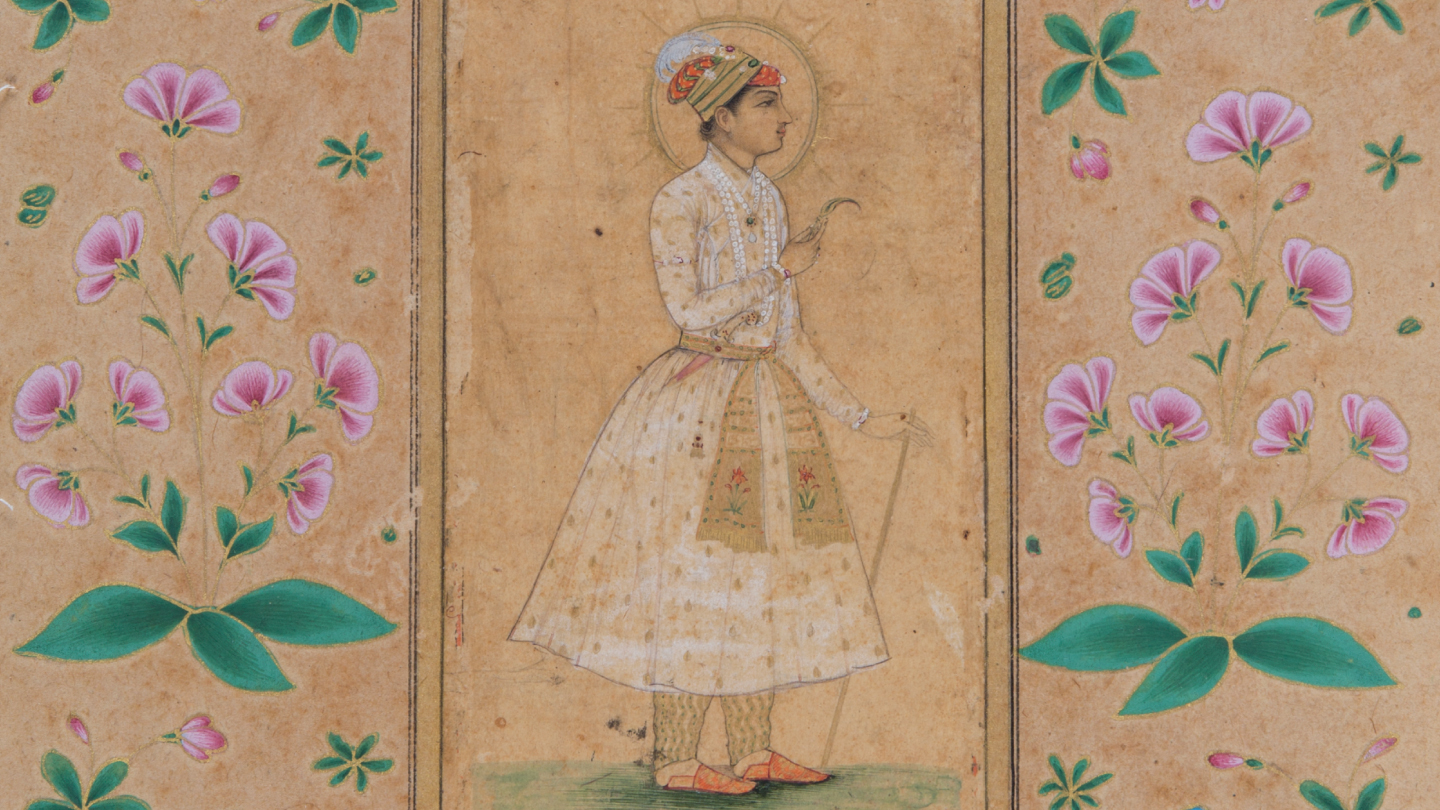Blogs
Celebrating Women’s Day with Art
Krittika Kumari
As we celebrate women all over the world today on the occasion of International Women’s Day, we asked some of the dynamic women from MAP’s team to reflect on their favourite artwork from the collection.
Art is the most intense mode of individualism that the world has known.
– Oscar Wilde
It is this individualism of the pioneering Indian artists that we hope to champion today while also celebrating the success, the idiosyncrasies and the courage of all women across the world on the occasion of International Women’s Day. And what better way to do so than by engaging with art? Art can evoke a multitude of emotions in viewers, of love, of anger, of joy, and of melancholy. In this journey of nurturing a community for the arts, MAP invites all our readers to reflect on a work of art or an artist, whether female or male, that has made a lasting impact on their lives and aroused emotions unknown.
Here are some of the dynamic women from MAP’s team reflecting on their favourite artwork from the collection.
Kamini Sawhney (Director) on Champa Sarath Mohan’s painting:
“The Woman in Blue Pants always catches my eye as I make my way up the stairs at the MAP space. There is “attitude” in her stance; she is ready to deal with life but on her terms. The creation by Champa Sarath Mohan, a young woodcut artist whose work, Woman in Blue pants, lies at the intersection of feminism and craftsmanship has a female figure in a tight t-shirt and low slung bottoms with black stilettos. She has an air of confidence as she stands with one hand on her waist almost challenging the viewer.
Mohan’s art features female figures inhabiting a world where they can explore their power, dreams, desires, and independent lives, carving out a space for themselves through a medium dominated by men. Woodcut is a laborious art form that requires a great deal of physical energy and keen eye for detail. The craft entails a long process of drawing, carving, and layered printing and the artist clearly enjoys the way it urges her to extend her skills.”
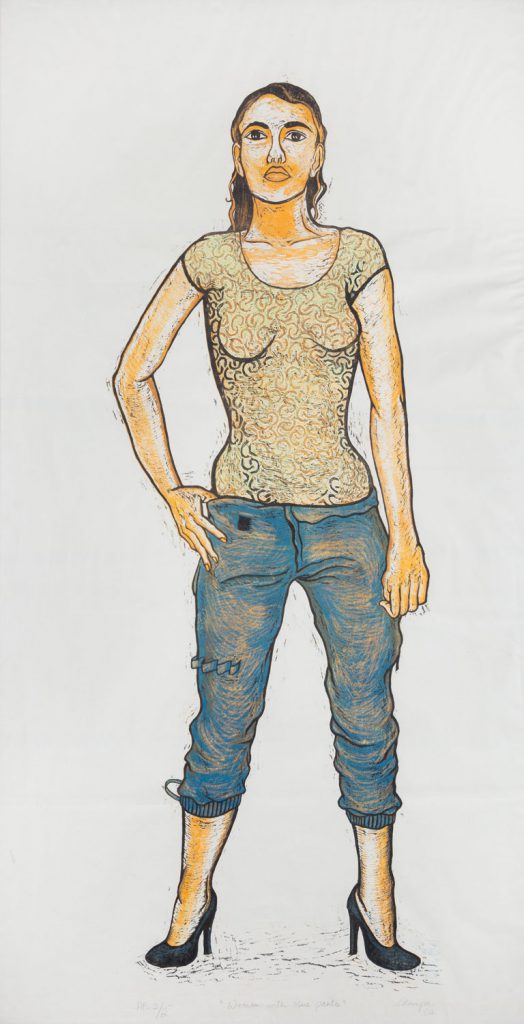
Woman with Blue Pants, 2004, Champa Sarath, Woodcut Print, MAC.00594
Priscilla Roxburgh (Head of Communications & PR) on a Kalam Patua painting:
“This work by Kalam Patua holds a mirror to the lives of so many Indian women – the tension between the great strides that have been taken towards modernity (the mobile phone in her hand, the fashionable cut of the blouse, the pearls on her neck) and the banal domesticity that threatens to define her more than anything else. Are these two parts of a vibrant whole or does her schizophrenic life cause more stress than ever?”
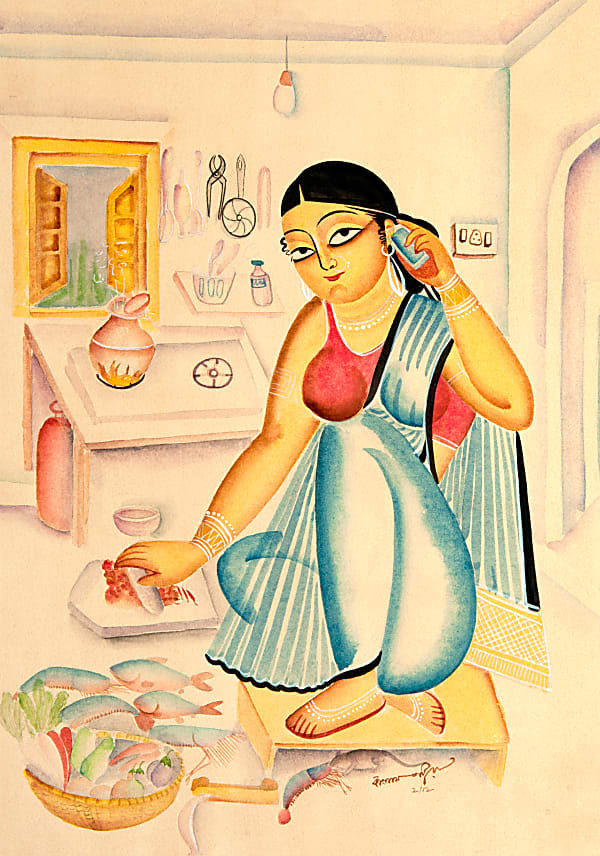
Untitled (A women in the kitchen), 2012, Kalam Patua, Watercolour on paper, PTG.00217
Shilpa Vijayakrishnan (Senior Manager – Education & Outreach) on Meera Mukherjee’s sculpture:
“This sculpture by Meera Mukherjee ranks among one of my favourite works in the MAP collection for several reasons. For one, Meera Mukherjee herself was such an intriguing figure, who isn’t as well known and recognised as she deserves to be – an artist whose sculptural works seems to be all about combining a highly individualistic and creative vision with artisanship. There’s something of the rebel in Mukherjee’s disdain of the academic and abstract that led her to build her practice around the labour intensive and physically rigorous medium of lost-wax bronze casting that she is best known for. In her appreciation of both Dhokra (as this technique of bronze casting is known) and the Kantha (an embroidery tradition from the Bengal region that she helped train young women in the villages to do), she showed a desire not only to embrace a rich history of living traditions that were often dismissed as unoriginal or popular forms by the elitist art world, but also a desire for simple, sustainable art that was attuned to the embodied experiences of people.
Mukherjee’s preoccupation with the body is perhaps more apparent in her other sculptural works, but in this one too, there is a particular sense of their being alive – as if they were writhing when your back was turned, and back to being subdued and huddled when you looked. They seem as if to grow like organic forms from the ground up, simultaneously form, subject and landscape. It is the title of this piece, Rain, that however, provides the real clue to Mukherjee’s ability to make the ordinary seem extraordinary. Look closely and one sees the tiny stokes and gouges throughout the sculpture and suddenly the huddled people are placed in a new context. How do you depict rain in a three dimensional sculpture? Whether Mukherjee’s response satisfies one or not, it is the sign of her unbridled creativity and genius that she asks the question.”
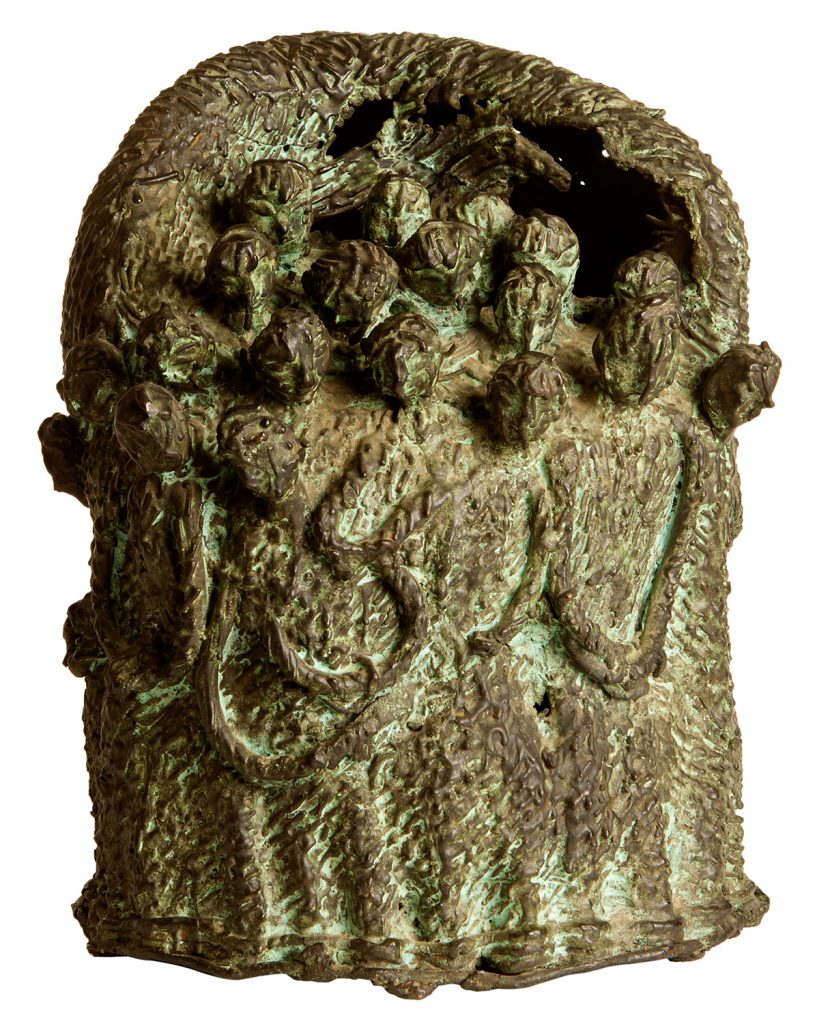
Rain, Meera Mukherjee, Cast Bronze, MAC.01096
Kavita Jhunjhunwala (Consultant, Digital Initiatives) on MF Husain’s painting:
“Bring the abstract and the thought of a flower together with positive tones and a feeling of space, optimism and strength. With no specific shape and form, there is a sense of freedom and individuality and yet, a combined sense of feminine power. And yet, the colours form a shape of solidity and an air of positivity that rivets you to where you are.”
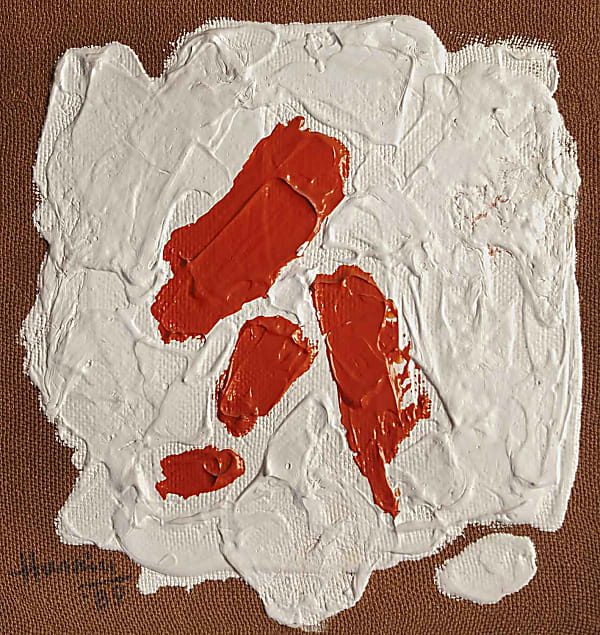
Flower, 1989, MF Husain, Oil on board, MAC.01169
Arnika Ahldag (Associate Curator) on Arpita Singh’s painting:
“One of my favourite works in the MAP collection is a painting by Arpita Singh, titled Couples (undated). This rather small painting shows a couple sitting together in a car, the man driving the car and women looking straight, not showing any emotions. There is a sense of boredom but also companionship between the two. Arpita Singh who often addressed violence against women, but also nostalgia and pain in her narrative paintings, here shows us an ordinary couple, neither happy nor in an eventful set up. But the painting seems to be a memory of no particular moment, but the everyday togetherness of two people on an ordinary car ride. This painting gives me comfort and makes me think about a trusted bond and togetherness.”
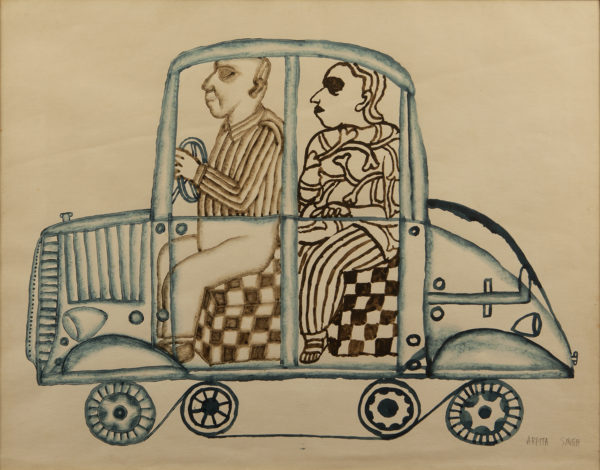
Couple, Arpita Singh, Watercolour on paper, MAC.00729
Madhura Wairkar (Senior Manager – Collections & Exhibitions) on Anjolie Ela Menon’s painting:
“This painting entitled Pukhraj Devi by artist Anjolie Ela Menon reflects the plight of many Indian women who face atrocities in their lives.
The lady in the painting appears to be a married Bengali woman wearing a traditional white and red sari with house keys attached to her palla, sindoor and shakha bangles. She is lifeless and bruised, with loose hair, a bare breast, holding the mask of Durga. She wears a necklace, possibly a mangalsutra with a skull-shaped pendant indicating her eventual death. The trishul, chakra, bow and arrow, gada or club, conch shell, lotus and sword, and a tiger – all Durga’s attributes, are surrounded by her, symbolising the woman’s courage, character, love, and strength.
Yet, as her name suggests, Pukhraj, meaning topaz, which is known for its hardness, she lays undefeated as an embodiment of Goddess Durga.”

Pukhraj Devi, 1991, Anjolie Ela Menon, Oil on board, MAC.00616
Shubhashree Purkayastha (Education Officer) on a Ragamala miniature painting:
“This is a ragamala painting for Deshakh Ragini. Usually the iconography of Desakh shows male acrobats and gymnasts, but here is a rare example of women acrobats and malkhamb artists! The outfits coupled with the gold jewellery (so out of place when one is working out!) are particularly eye catching.”
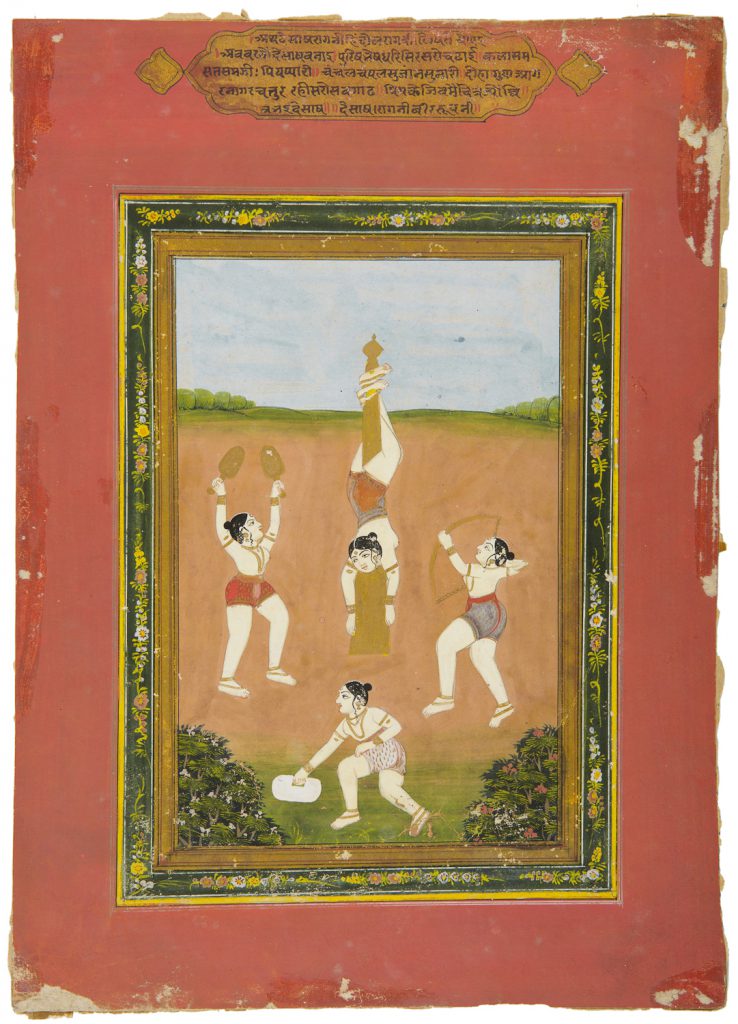
Folio from a ragamala series: Desakh Ragini, Late 19th century, Opaque watercolour on paper, PTG.01140
Krittika Kumari is the Digital Editor at the Museum of Art & Photography, Bengaluru. A graduate of the Courtauld Institute of Art in London, her research interest lies in the Mughal miniature painting tradition, as well as Indian Modern Art.
